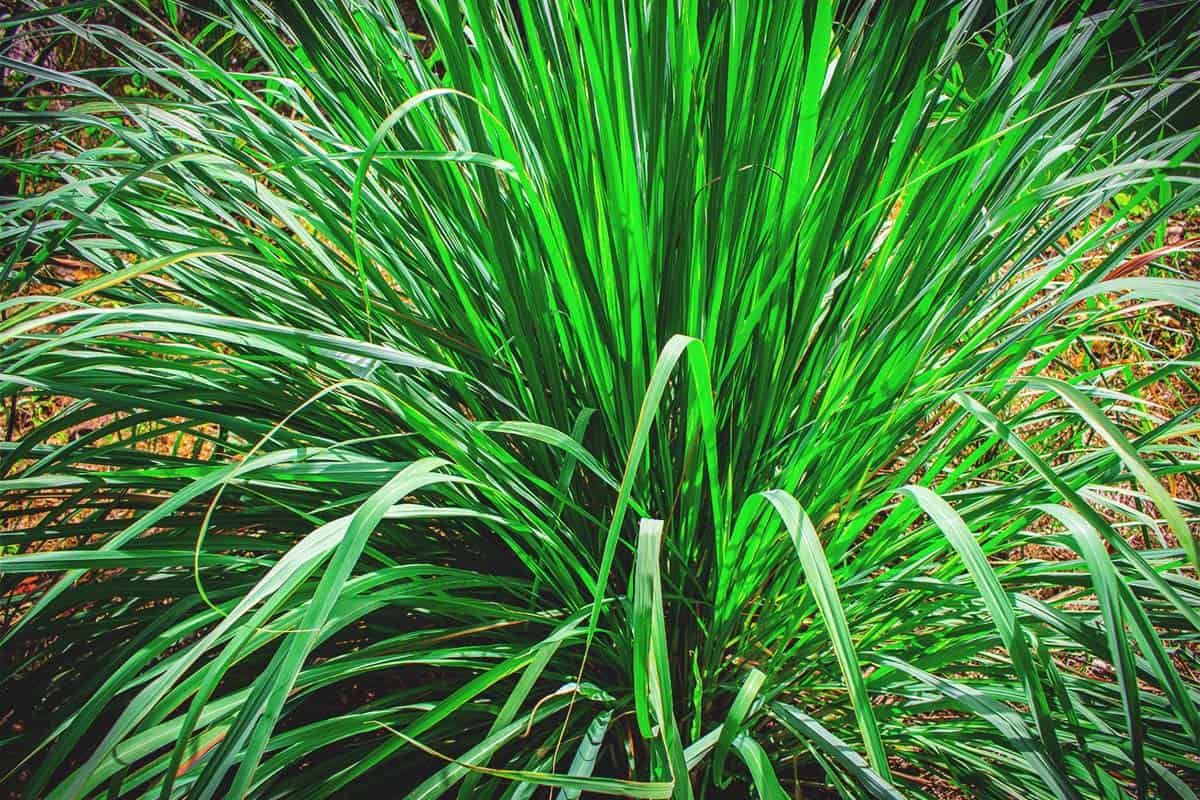With its bright green stalks and lemony aroma lemongrass makes a great addition to any herb garden. But what about planting it in a shadier spot? Can lemongrass grow in shade? The short answer is yes lemongrass can tolerate some shade. However, there are a few caveats to understand about its light needs for optimal growth.
Lemongrass Prefers Full Sun
In its native tropical habitat, lemongrass thrives in full sun exposures The hot, bright conditions maximize growth and intensify the citrus flavor in the leaves. Given the choice, lemongrass does best with at least 6 hours of direct sunlight per day. Morning sun is especially beneficial
If you live in a climate with scorching midday and afternoon sun, some afternoon shade may be helpful to prevent leaf burn. But aim for as much direct sun as possible for your lemongrass.
It Will Tolerate Light Shade
While lemongrass prefers full sun, it can adapt and grow fairly well in light shade. Light shade refers to partially shaded areas that receive 4-6 hours of sunlight per day.
Dappled sunlight filtering through trees is suitable, as the shade shifts throughout the day. Just avoid planting lemongrass in dense shade where it gets less than 4 hours of sun.
In light shade, lemongrass may grow leggy with reduced stalk size. The leaves also tend to be paler green versus deep green in full sun. Flowering and flavor may diminish. But the plants will survive.
Adapting Your Site for More Sun Exposure
If your garden only offers shade, you can modify conditions to improve light levels for lemongrass:
-
Selectively prune or thin overhanging tree branches to allow more sunshine to penetrate. Avoid excessive pruning that damages tree health.
-
Position lemongrass on the sunnier side of taller plants or structures that provide afternoon shade.
-
Grow lemongrass in movable containers that can shift to take advantage of sunlight.
-
Use shade cloths or screens to block harsh midday sun while allowing morning/evening light.
-
Supplement with grow lights if needed to increase light levels.
Even minor adjustments can make a shadier spot better suited for lemongrass. Monitor the plants and tweak conditions as needed.
Other Factors That Help Lemongrass Thrive in Shade
While lemongrass prefers sun, some of its other growth requirements make it adaptable to shade:
-
Shallow roots – Lemongrass has short surface roots ideal for capturing water and nutrients near the soil surface, even in shade.
-
Large leaf surface – Its long strap-like leaves maximize light capture with more surface area for photosynthesis in low light.
-
Light-sensitive blooms – The pinkish plume flowers reflex sunlight instead of absorbing it, preventing overheating.
-
Forest origin – Lemongrass natively grows along partly shaded forest edges in its Asian habitat.
These natural traits equip lemongrass to cope with shade better than many sun-loving herbs.
Benefits of Growing Lemongrass in Shade
While lemongrass may not thrive in dense shade, there are some benefits to offering some shade:
-
Reduced risk of leaf sunscald, wilting, and drought stress
-
Lower soil temperatures prevent moisture loss
-
Protection from strong winds and storms
-
Shelter from extreme midday heat and sun
-
Avoidance of bolting (premature flowering)
Lemongrass appreciates a little relief from intense sun and heat. Just don’t overdo the shade.
Tips for Cultivating Lemongrass in Shaded Areas
If your garden area is mostly shaded, use these tips to help your lemongrass cope:
-
Plant shade-tolerant cultivars like ‘Malabar’
-
Use large containers that can move to sunnier spots
-
Keep soil consistently moist, mulch to retain water
-
Apply organic fertilizer to boost nutrients
-
Prune regularly to improve air circulation
-
Control pests/diseases that thrive in shade
-
Thin canopy trees or use shade cloth to increase light
-
Bring indoors if outdoor light levels are too low
-
Accept slower growth as a tradeoff for shade benefits
With a little patience and TLC, you can enjoy homegrown lemongrass even in partial shade areas.
Other Herbs That Tolerate Shade
If lemongrass still struggles, consider substituting these shade-loving herbs instead:
- Mint
- Lemon balm
- Parsley
- Chives
- Thyme
- Tarragon
- Chervil
These plants share lemongrass’ ability to cope with reduced sunlight.
While lemongrass prefers full sun, it can adapt and grow moderately well in light shade. Just don’t expect it to thrive in dense shade. If your garden lacks sufficient sunshine, make adjustments to improve light levels before planting lemongrass. Or opt for more shade-tolerant herbs. With the right growing conditions, you can enjoy homegrown lemongrass even in partially shaded gardens.
The 8 Best Ways to Grow in Shade
FAQ
How many hours of sunlight does lemongrass need?
Can lemon grass grow in full shade?
Where is the best place to plant lemongrass?
Does lemongrass grow back every year?
- The Ultimate Guide to Growing Strawberries in Raised Beds - August 8, 2025
- No-Dig Garden Beds: The Easiest Way to Grow a Beautiful Garden - August 6, 2025
- How to Protect and Preserve Wood for Raised Garden Beds - August 6, 2025

